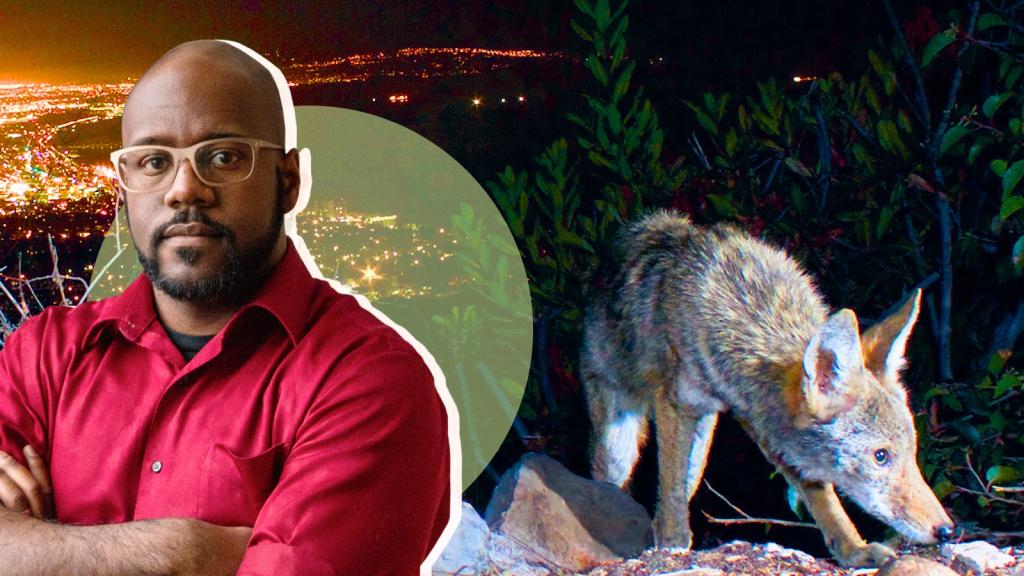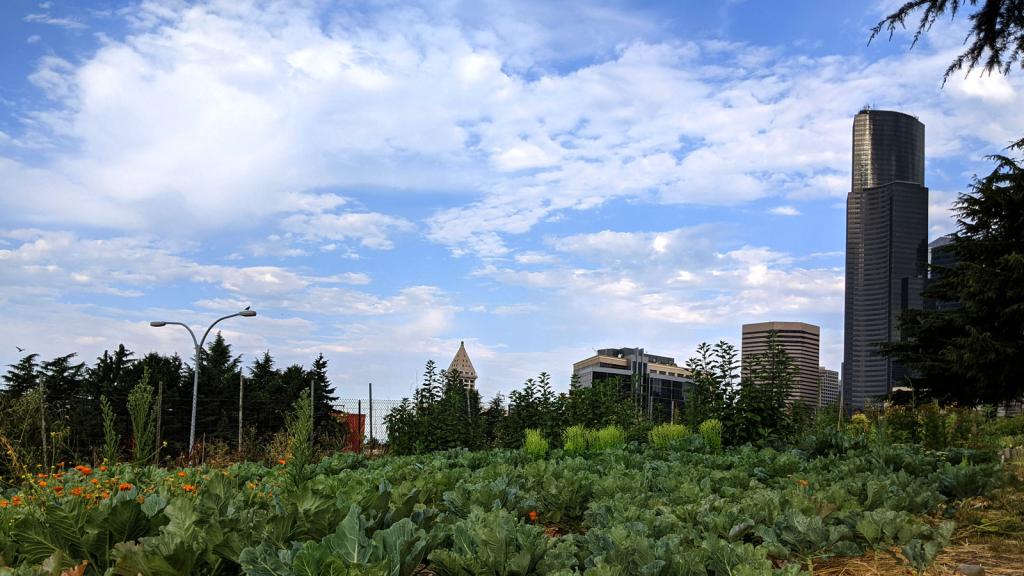The World We Need celebrates America’s unsung grassroots environmental groups — often led by people of color and the poor — that defend communities against polluting industries and help them mitigate the impacts of climate change. This excerpt tells the story of UPROSE, a nonprofit that has since 1966 worked to ensure sustainability and resiliency in Brooklyn, New York.
This post was produced in partnership with The New Press.
The storm’s approach marked an unusual time. Adan Palermo, then a 19-year-old artist, was living with his family in the Brooklyn neighborhood of Sunset Park when Hurricane Sandy pummeled the Caribbean islands, leaving many in Jamaica, Haiti, Cuba, and the Dominican Republic without power, roofs, or passable roads. It barreled onward to New York City. Palermo had previously bunkered down for blizzards for a couple of days at a time, but this seemed different. “We normally don’t have storms of this kind of magnitude occurring in our area,” he thought. His family stocked up on batteries and water as the grocery shelves emptied. “People were buying up the stores.”
 As Sandy touched down on October 29, 2012, Palermo ran from their apartment to the 69th Street Pier, where he watched the high tide swell and crash against the platform. New York City fell into darkness for a week as water filled the subway tunnels — the veins of the city — and winds reduced the storefronts of Rockaway Beach, Queens, into bombed-out, debris-filled concrete shells. But it also brought Palermo new revelations. Sandy spared Sunset Park, but not the neighborhood next door: Red Hook, where the streets became putrid rivers, and residents of the public housing projects were left without power and clean water for weeks.
As Sandy touched down on October 29, 2012, Palermo ran from their apartment to the 69th Street Pier, where he watched the high tide swell and crash against the platform. New York City fell into darkness for a week as water filled the subway tunnels — the veins of the city — and winds reduced the storefronts of Rockaway Beach, Queens, into bombed-out, debris-filled concrete shells. But it also brought Palermo new revelations. Sandy spared Sunset Park, but not the neighborhood next door: Red Hook, where the streets became putrid rivers, and residents of the public housing projects were left without power and clean water for weeks.
Cities, states, and regions are now preparing for a rising onslaught of climate disasters, which will leave no place untouched. Yet some advocates are also sounding alarms about how the climate crisis will impact different communities unevenly, with disasters amplifying existing social, economic, and political inequities, and environmental hazards and threats. They include the Sunset Park community organization UPROSE, which Palermo later joined.
“We were lucky,” thought Palermo in the aftermath of Superstorm Sandy. He read about the recovery in Coney Island and the Rockaways, where traditional relief organizations, like FEMA and the Red Cross, had failed to provide adequate aid in housing projects and low-income neighborhoods. This left residents dependent upon each other, and upon a citywide network of mutual aid volunteers that mobilized through Occupy Wall Street, dubbed Occupy Sandy. He watched friends take in the wreckage of their homes. “Not being able to prepare for that, I think, was huge,” he recalled. “To not normally be vulnerable to those kinds of storms, and then finally to see that we might, in the future, have to consider this.”
But soon, an opportunity arose for him to do something about it. Palermo had been painting murals through Groundswell, a youth organization aiming to create art for social change, and in 2013 he began helping to transform a wall of the C-Town Supermarket in Sunset Park into a larger-than-life collage of children walking and playing against a Band-Aid-patched road, a black snake winding through the cityscape. The mural, intended to “promote livable streets,” was coordinated with the Department of Transportation and UPROSE. UPROSE’s youth organizers taught the youth artists about the hazards along the six-lane 4th Avenue thruway: not only traffic accidents and pedestrian deaths, but also heavy pollution that correlated with higher-than-average rates of asthma and respiratory diseases in the area. The experience opened Palermo’s eyes. “Seeing what’s affecting us made me want to learn more about my environment,” he said.

By the end of 2016, Palermo was spearheading UPROSE’s outreach to local businesses, from the plethora of auto shops to the taco and dumpling vendors lining the streets of the multiracial immigrant neighborhood. And to prepare for the next disaster, he soon became “block captain” of his street, an initiative of the Sunset Park Climate Justice Center that UPROSE established by popular demand over the course of a series of neighborhood meetings following Sandy. “We’re already close to the water,” he said. The Sunset Park waterfront, stretching from 17th to 65th Street, lines New York Bay, whose waters had inundated Red Hook during Sandy. Also, Sunset Park, like Red Hook, is one of the city’s six significant maritime and industrial areas, or SMIAs, where polluting industries are clustered. The Sunset Park waterfront is home to three power plants, waste treatment plants, factories, and numerous contaminated brownfields. “Our folks are already at a disadvantage,” Palermo remarked.
This is how, for residents of Sunset Park — and other Black, brown, and immigrant neighborhoods throughout New York City — the climate crisis will likely exacerbate the kaleidoscope of social, health, and economic challenges they already face. All the SMIAs are located in storm-surge areas. All are home to predominantly low-income communities of color. And most are also experiencing an influx of corporate, industrial, and luxury developments that threaten to displace longtime businesses and tenants, diluting the community’s power to fight for its health and dispersing the kinds of community support networks that can mean the difference between life or death in disaster situations, especially if traditional aid fails to arrive.
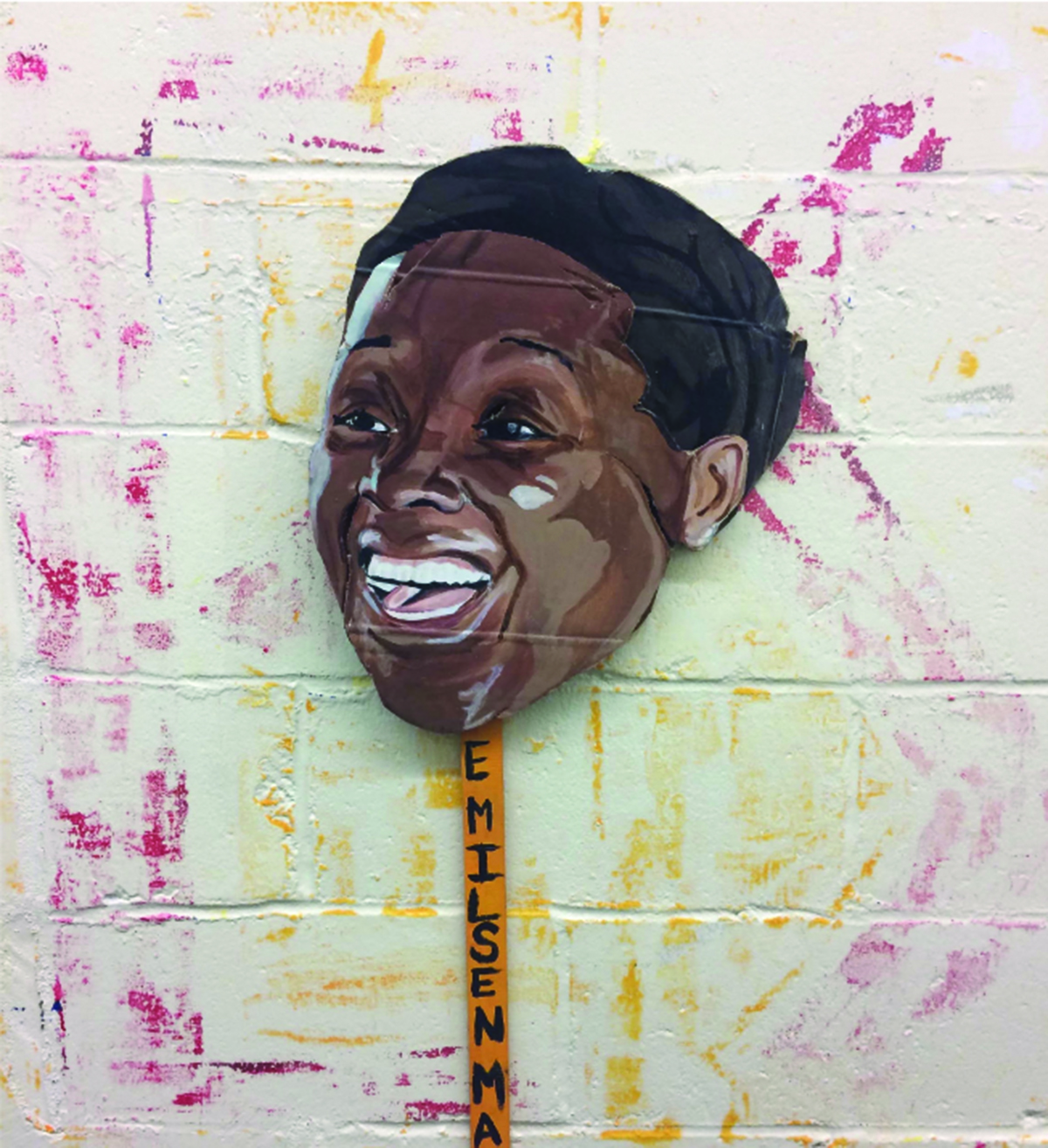
“They’re very vulnerable to pollution from storms,” Palermo said of his neighbors. He was picturing floodwaters streaming through the waterfront factories and auto-body shops, knocking containers of chemicals and heavy metals into airborne toxic dust, or carrying the noxious liquids into the soil of nearby backyards, gardens, and parks.
Years after Sandy, these threats remain. And Palermo wondered: “What does it mean to recover from Sandy?”
In many ways, Sunset Park is a microcosm of New York City. Walking inland from the bay, the parking lots and warehouses give way to auto-body shops, bodegas, and video rental stores along 1st and 2nd Avenues. The incessant noise of the city intensifies, and the rumble of metal and rubber peaks at 3rd Avenue, where the raised Gowanus Expressway obscures the sunlight and sky.
This is where the streets of row houses begin, some all clad in matching brick, others a patchwork of vinyl siding in fake wood, faux brick, and tan strips. This also is where Palermo used to join his friends in hitting baseballs with plastic bats. The tranquil stretch between the Gowanus Expressway and 4th Avenue doubled as his childhood playground, except during the few years when his family moved back to Mexico. Like the rest of New York City, Sunset Park packs a diverse concoction of people and businesses into a compact space. Ecuadorean, Salvadorean, and Mexican eateries and salons line 5th Avenue. A public park atop a hill bursts with families on warmer days. Puerto Rican families cluster around 6th and 7th Avenues. And Chinese groceries, restaurants, and knickknack stores are the lifeblood of 8th.
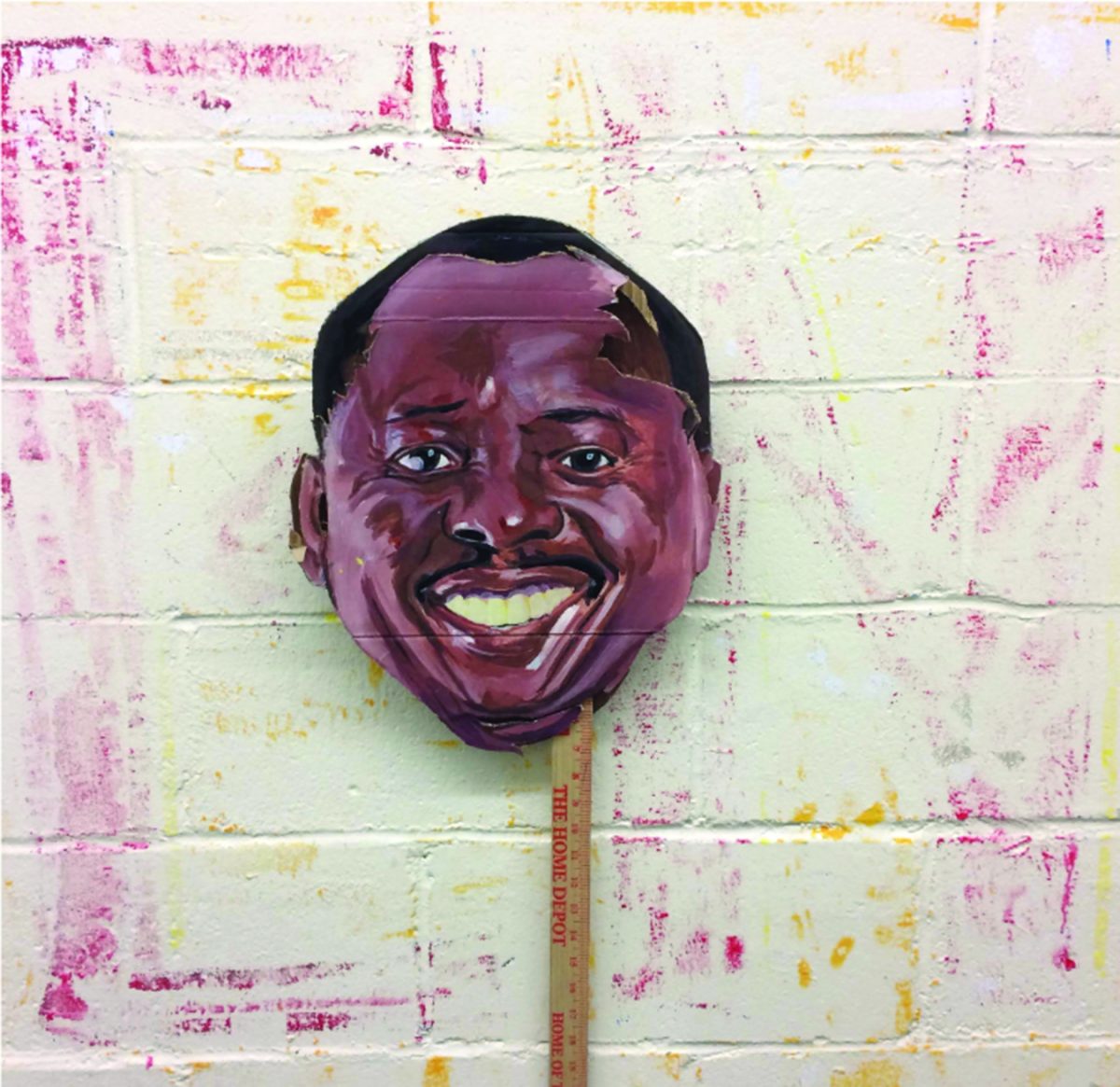
Within this contained, orderly grid, UPROSE has served the community since 1966, first as a Latino social service agency — the United Puerto Rican Organization of Sunset Park — and later as a grassroots community organizing force that has empowered low-income Latinx and Asian residents to fight for the kinds of neighborhood development that benefit local people.
The task has sometimes pitted the organization against landlords, investors, and politicians in the kinds of hyperlocal battles that are a hallmark of New York City life. As a high school student, Palermo first witnessed advocacy in action when his mother stood up to their landlord’s harassment, teaching Palermo a valuable lesson: Even renters and less-powerful New Yorkers have rights. UPROSE later taught him that they include the rights to clean air and water, a healthy environment, and a secure future. That is because when Elizabeth Yeampierre, a former civil rights lawyer who is UPROSE’s executive director, took the reins in 1996, she refocused their work on environmental health and justice, noting an absence of local groups focusing on these issues. She also established a youth development program to train the next generation of organizers, like Palermo.
In their first years under Yeampierre’s stewardship, UPROSE organized a town hall where teachers, doctors, and lawyers taught parents about the dangers of lead paint to their children’s health and won city legislation to remove it from homes. Joining with other community and environmental organizations, they fought an expansion of the Gowanus Expressway, as well as a proposal from Sunset Energy Fleet to build a massive power plant on a floating barge. Still, Yeampierre insists that she is “not an environmentalist.”
“I don’t have a background in that,” she said, persevering through the coughs and sniffles of a lingering cold as she sat in the old 22nd Street UPROSE office in 2019. “We are organizers with different kinds of backgrounds, so a lot of what we do is coming from community recommendations.”

It is an organic process, and there is a story she likes to tell about how residents direct UPROSE’s work. In 2010, the city discontinued the B37 bus line that ran up and down 3rd Avenue. Community elders asked UPROSE to help get it restored. They succeeded, and the elders then pleaded with them to get the median expanded on 4th Avenue — a campaign that UPROSE launched and won in 2012. “They were like roadkill,” Yeampierre recalled. The campaign became part of a program that sent youth around the neighborhood to measure traffic pollution with air monitors and to raise awareness about local transportation issues, including through the mural project that brought Palermo to the organization. It also brought together youth and elders, forging the kind of multigenerational organizing that Yeampierre believes is a keystone of their success. And after Superstorm Sandy, residents floated the idea of planting trees in the neighborhood to provide shade, filter the air, and mitigate flooding. Yeampierre thought of the median as a potential site. “Wouldn’t it be cool if we could use the median to address climate adaptation?”
Today, Sunset Park residents are generating their own climate adaptation and resiliency plans through UPROSE’s Climate Justice Center. This is in notable contrast to the top-down approach of the city’s more well-publicized climate resiliency efforts: the $335 million Big U mega-engineering project — the winner of a major design and architecture competition — to construct a protective barrier around lower Manhattan; a $10 billion plan to extend lower Manhattan’s coast by as much as two city blocks; and green, climate-friendly reforms to zoning and building codes. But in a place like New York City, where every block is different from the next — public-housing projects on one, auto-salvage shops on another, and restaurants or residential property on the next — can a “one size fits all” plan for climate adaptation really serve the needs of all residents?
“This idea that you could create a resiliency plan, and helicopter into a community and apply it, doesn’t work,” said Yeampierre. She mentioned the 90-plus auto shops near the Sunset Park waterfront, which she says have been targeted for shutdown by some environmentalists for the toxic threats they pose to local residents, especially as the climate crisis intensifies.
“They’re the biggest industry in our community,” said Palermo. So he approached auto-shop owners and workers about their businesses, tucked under the Gowanus Expressway, perched along 4th Avenue, or sandwiched between bodegas, shops, and homes in the neighborhood. Through these one-on-one conversations, he came to understand why climate interventions don’t usually rank high on their list of priorities. “Even if you want to save the world from pollution, these are still real jobs that people need to feed their families,” he explained. So instead, he talked to them about the risks of toxic workplace chemicals to their own health. He listened to their concerns. (The most prevalent, he said, are skyrocketing rents and their risk of being displaced.) He suggested possible solutions to their problems, like alternatives to the chemicals they currently use, or how best to contain spills and leaks. And it began to work: Shop owners started asking him for more resources and to run shop-wide training to educate their workers.
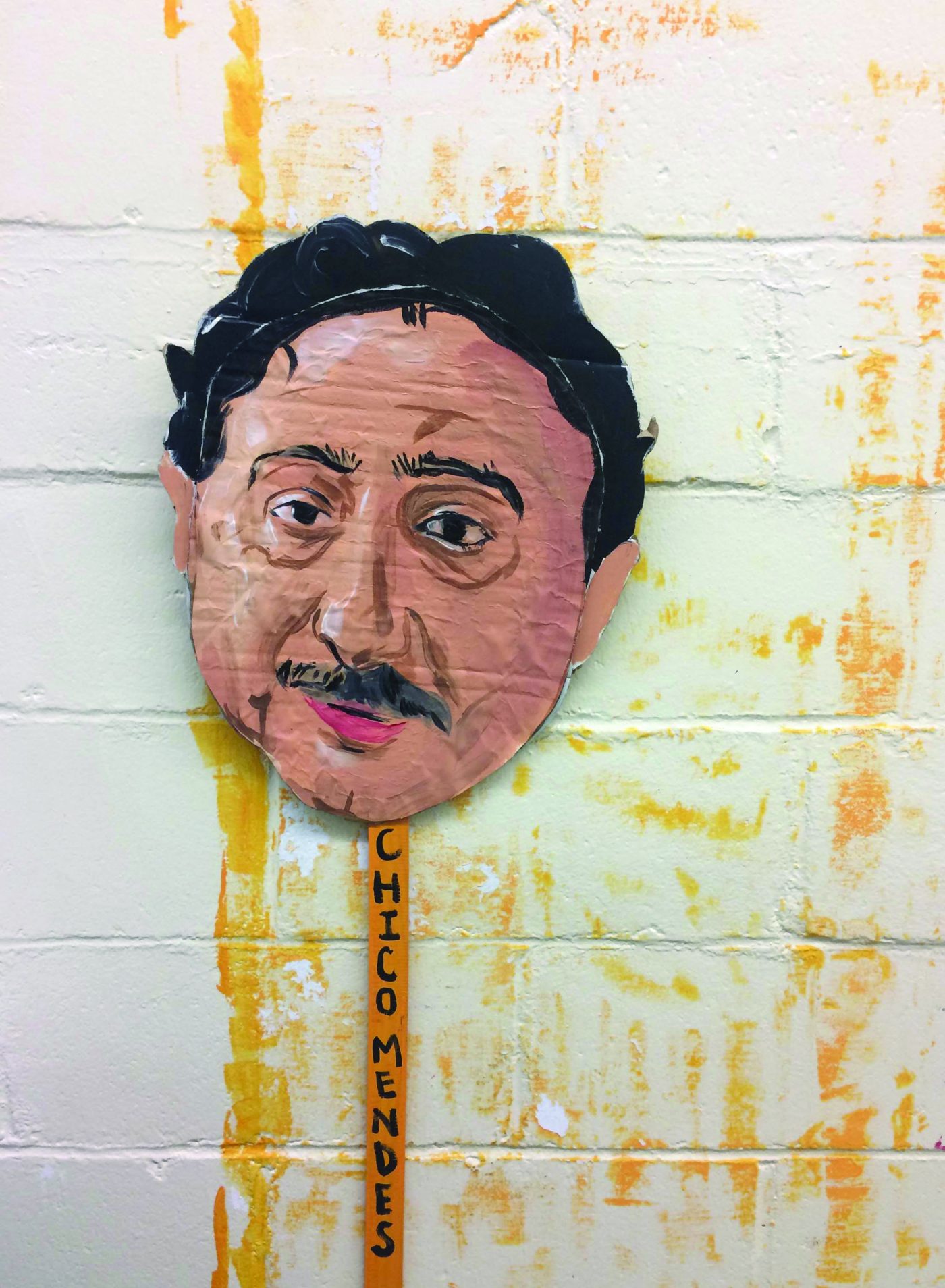
This is also what block captains like Palermo are doing on their streets: speaking to neighbors (and landlords) about painting rooftops white (which can reduce heat buildup in the city), building a storm-water collection system (to reduce water usage and create a backup in case the water supply is cut off), and testing the suitability of backyard soil for small urban farms. The work lacks the grandiosity of the Big U, but its result is an approach to climate adaptation that encourages the participation of residents and draws on their knowledge and strengths, whether in construction, growing food, or reusing and repurposing.
Over time, these targeted discussions across the community prompted bigger projects that are benefiting Sunset Park and local workers, and helping the city shift toward renewable energy. “You’ve got an industrial sector that really protected us and kept this a working-class community,” said Yeampierre. She cited an old idea for a green, sustainable port — energy efficient, sensitive to local ecology, a source of permanent jobs, and potentially designed to manage floods — that never materialized. But in November 2018, UPROSE launched New York City’s first community-owned solar cooperative — Sunset Park Solar, installed on the roof of the Brooklyn Army Terminal — which will be collectively owned by all energy users who subscribe. “We can start using the industrial sector to build for the climate future,” she declared, “for adaptation, mitigation, and resilience.”
As mega-storms, wildfires, and droughts drive modern society away from polluting industries toward renewable energy, the term “Just Transition” has emerged to describe a particular way of thinking about this shift: The loss of the fossil-fueled world is an opportunity to create new industries, jobs, and ways of living that benefit the environment and people while bolstering local democracies.
For Palermo and UPROSE, this means forging sustainable industries to employ local workers and enrich the lives of Sunset Park’s longtime residents, whether through renewable energy or cultural production, like mural arts. And in New York City, as elsewhere in the United States, local democracy rarely finds as tangible and as lively an expression as neighbors uniting to shape, determine, and control what gets built in their backyards: a floating power plant, a highway expansion, or a park?
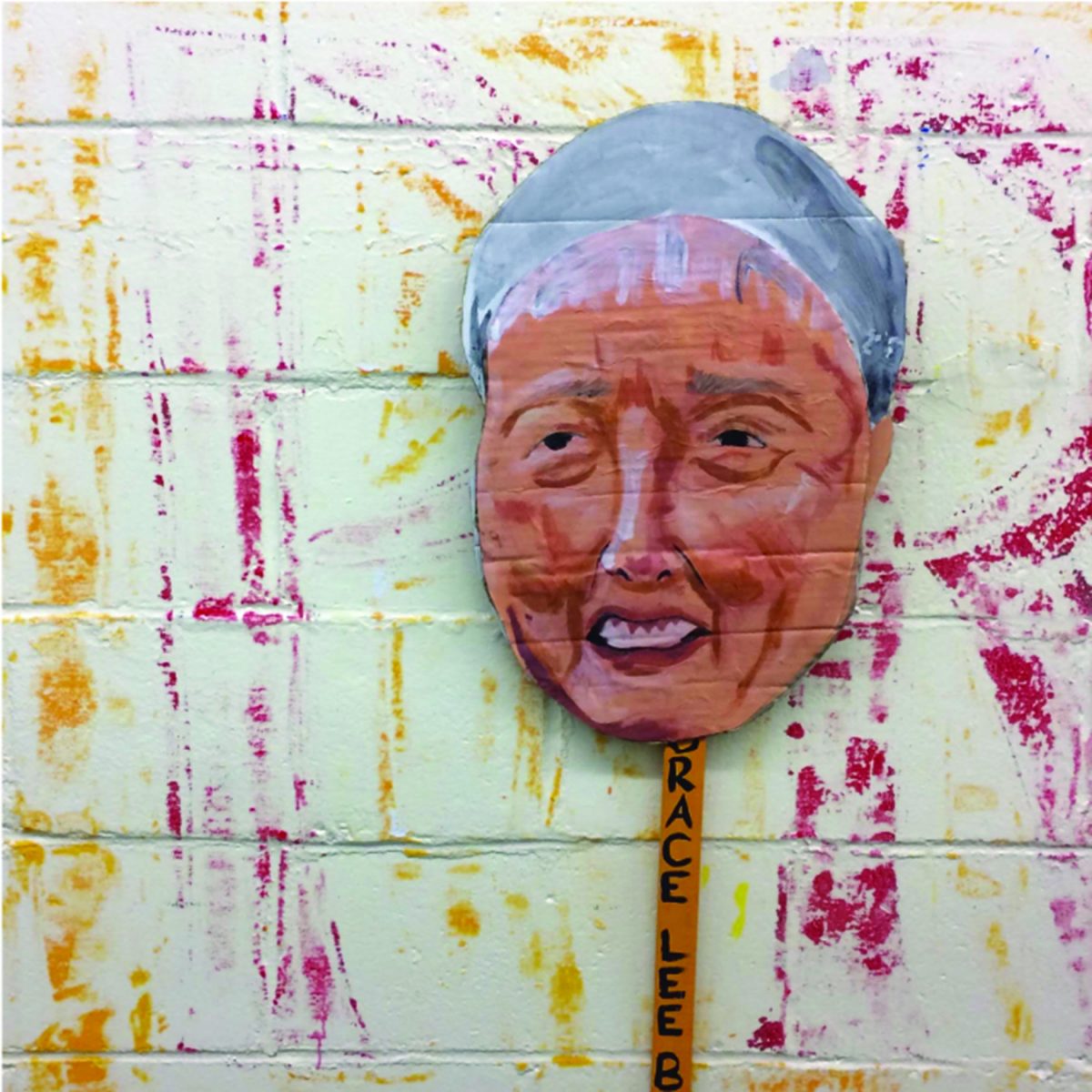
One sunny afternoon in March 2020, neighborhood teenagers squealed and collided as they chased a soccer ball in Bush Terminal Piers Park, perched just above the waterline between 45th and 50th Streets as a testament to the tangible achievements of local democracy. Past the bike path lining the edge of the park, a boarded-up brick warehouse hovered in the distance. On one of the benches facing the water, an elderly gentleman pondered the horizon. On another, a couple made out. Once an illegal dumping ground and contaminated brownfield, these grounds now contain a bird sanctuary: a tangle of trees and grass, and a gaggle of Canada geese bobbing in the water. The park, which opened in 2014, is a rare slice of green space that emerged as an idea among Sunset Park residents and blossomed through UPROSE’s advocacy and organizing in Yeampierre’s early days, much like the 4th Avenue median. UPROSE youth even helped to design the park. “That’s power!” she exclaimed.
It is a stark contrast to the 5.3-million-square-foot development that UPROSE was battling just a few blocks north. Industry City, a 16-building luxury complex of lifestyle boutiques, food vendors, artist workshops, and creative industries’ lofts, emerged on the waterfront on the heels of Sandy through a consortium of private real estate investment firms. Sculpture landscapes and Instagram-friendly murals now form the gateway to shops with exquisite $15 herbal soaps, artisanal leatherworks, and high-end Japanese interior plant design. And the real estate developers, Jamestown Properties, were pushing to rezone the area, which would allow it to expand the complex further. But for UPROSE, Industry City’s investor-driven approach was not only antithetical to the community planning process that it upholds as an expression of justice and democracy; it also feared that an Industry City expansion would further drive up rents, displace longtime residents, and chip away at the community’s social networks and political power. So UPROSE kept flooding public meetings, organizing rallies, and pressuring local elected officials. As the COVID-19 pandemic raged in September 2020, Jamestown withdrew its application and its plans to expand Industry City.

“At every single meeting about climate justice, displacement is the first thing residents bring up,” said Yeampierre. It is breaking up communities just when people need their neighbors the most: in an increasingly disaster-ridden era. “Every single time there has been a disaster in New York City, people have stepped up, whether it was the blackout, whether it was Superstorm Sandy, whether it was September 11th. People have been unbelievably heroic. They fed each other. They’ve taken care of each other. I think that’s a source of strength that cities just don’t see.”
And for Palermo, the “For Sale” signs on his block and the new cafés selling overpriced coffee raise the question of what it means to create climate resilience on his street without his neighbors, or in the community without the people in the auto shops. “Without the residents, who do we have to take care of?”
Copyright © 2021 by The New Press. This excerpt originally appeared in The World We Need edited by Audrea Lim and reprinted here with permission.
